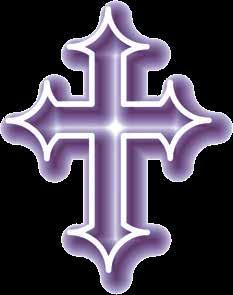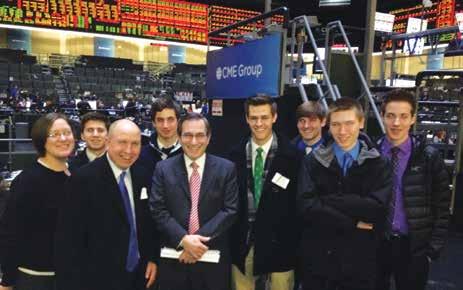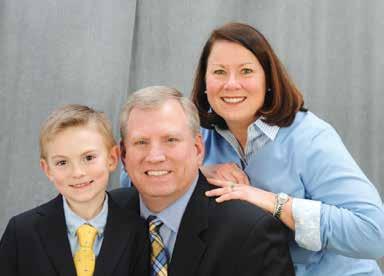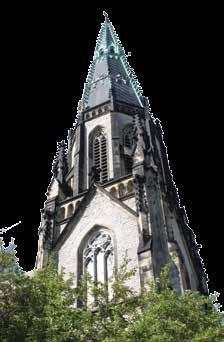
2 minute read
From The President
Dear De La Salle Family, I think the cover of this Collegiate captures the essence of De La Salle. You are looking at 80 or so seniors beginning a day of retreat with Mass at St. Joseph’s Church in Detroit.
Being in the church intrigued me. I knew the Brothers ran a high school at St. Joe’s which closed 50 years ago in 1964. But I knew nothing else about the Brothers in Detroit. Yet De La Salle Collegiate is living the legacy of the many Brothers who served in the Detroit area over the last 164 years. So I give you a short history lesson. The first Brothers could have come to Detroit from Baltimore, which had the first school in the United States; from New York, which became the headquarters of the Brothers; or from Toronto, the closest city to Detroit with a Brothers’ school. But they didn’t. In 1851, four Brothers came from Quebec to teach at St. Anne’s French School. In the next seven years, four more schools were opened. Tuition was a quarter and 16 Brothers lived in one community to serve the five schools. Alas, the economic stress caused by the Civil War and a plague of yellow fever forced the closing of all but St. Mary’s School (now in Greektown) by 1865. However, the relationship between the Brothers and the priests at St. Mary’s deteriorated, and we were asked to leave in 1877. But, the pastor of St. Joe’s wanted us. Thus began St. Joseph’s School, and, in 1889, St. Joseph’s Commercial College with both a boys’ and girls’ division. There are women alive today who graduated from the College, which closed in 1942. The name was changed to St. Joseph’s High School, which was for boys, and this school lasted for another 22 years. But I skipped part of living the legacy. In the early 1920’s, alumni from St. Joe’s wanted to guarantee the Brothers’ presence in Detroit and have a school without parish ties. They and the St. Joe’s Mothers’ Club raised money and purchased land at Glenfield and Conner. De La Salle Collegiate opened in 1926. However, it almost closed in 1929 with the beginning of the Depression. Students couldn’t pay tuition. Pledges dried up. The Brothers actually fed hungry students breakfast from the steps of the Brothers’ community. St. Joe’s alumni, mothers, and friends redoubled their efforts and the crisis passed. From this point on, De La Salle thrived. Today De La Salle is the living legacy of the early French Canadian Brothers and of the Brothers and alumni of St. Joe’s. I want to thank the St. Joe’s Alumni Association, and the St. Joe’s alumni in general, who annually contribute thousands of dollars to De La Salle for financial aid. You are continuing the legacy. Sincerely,

Brother Thomas Lackey FSC President










